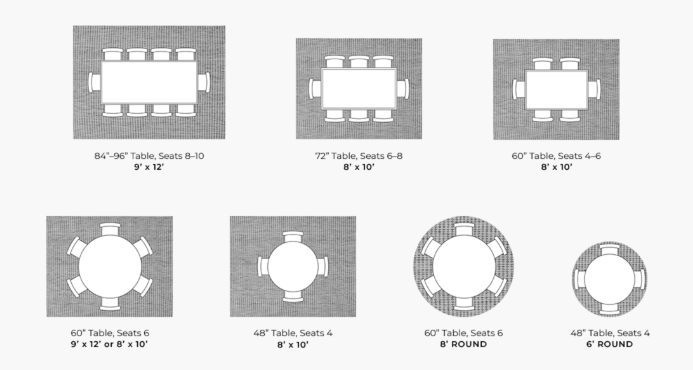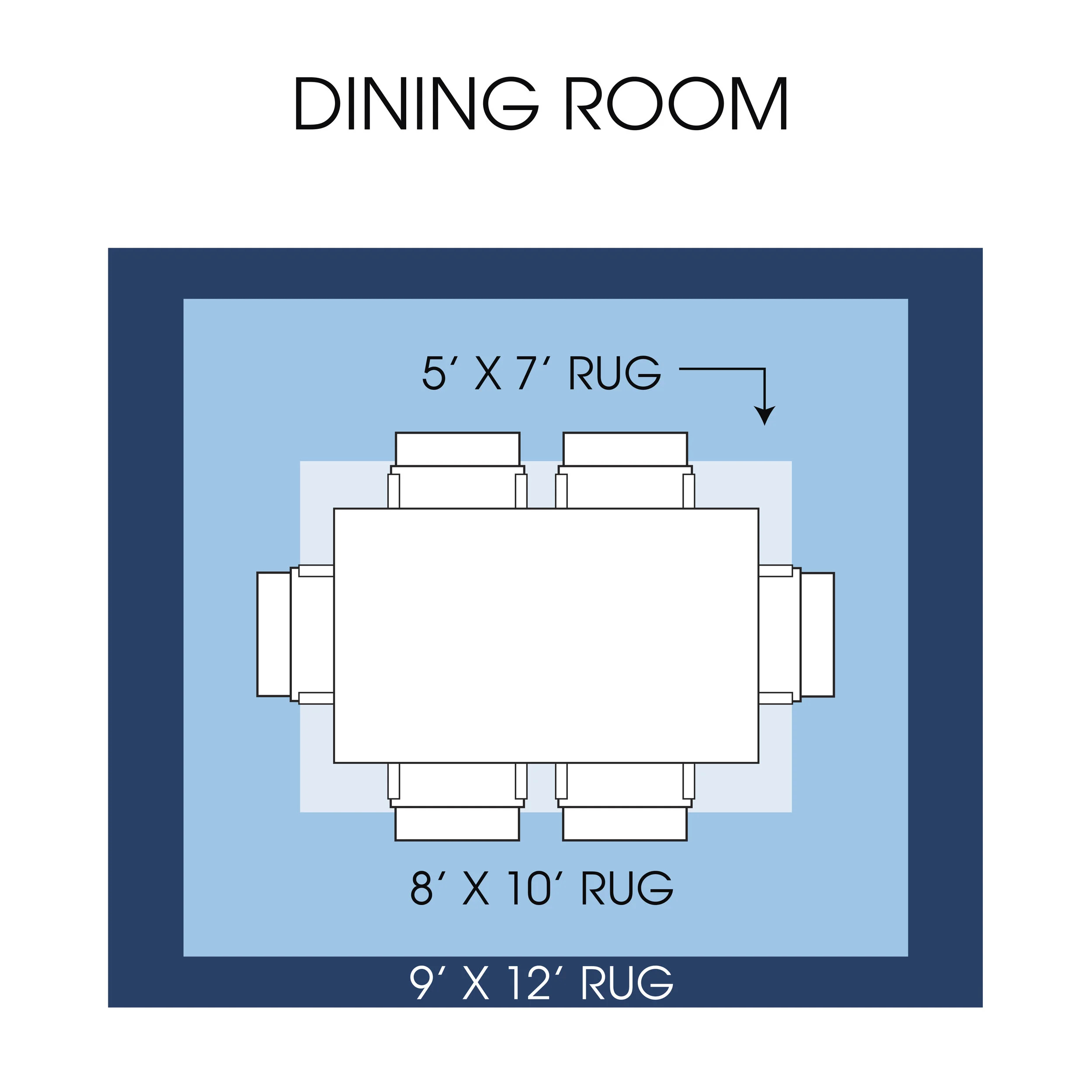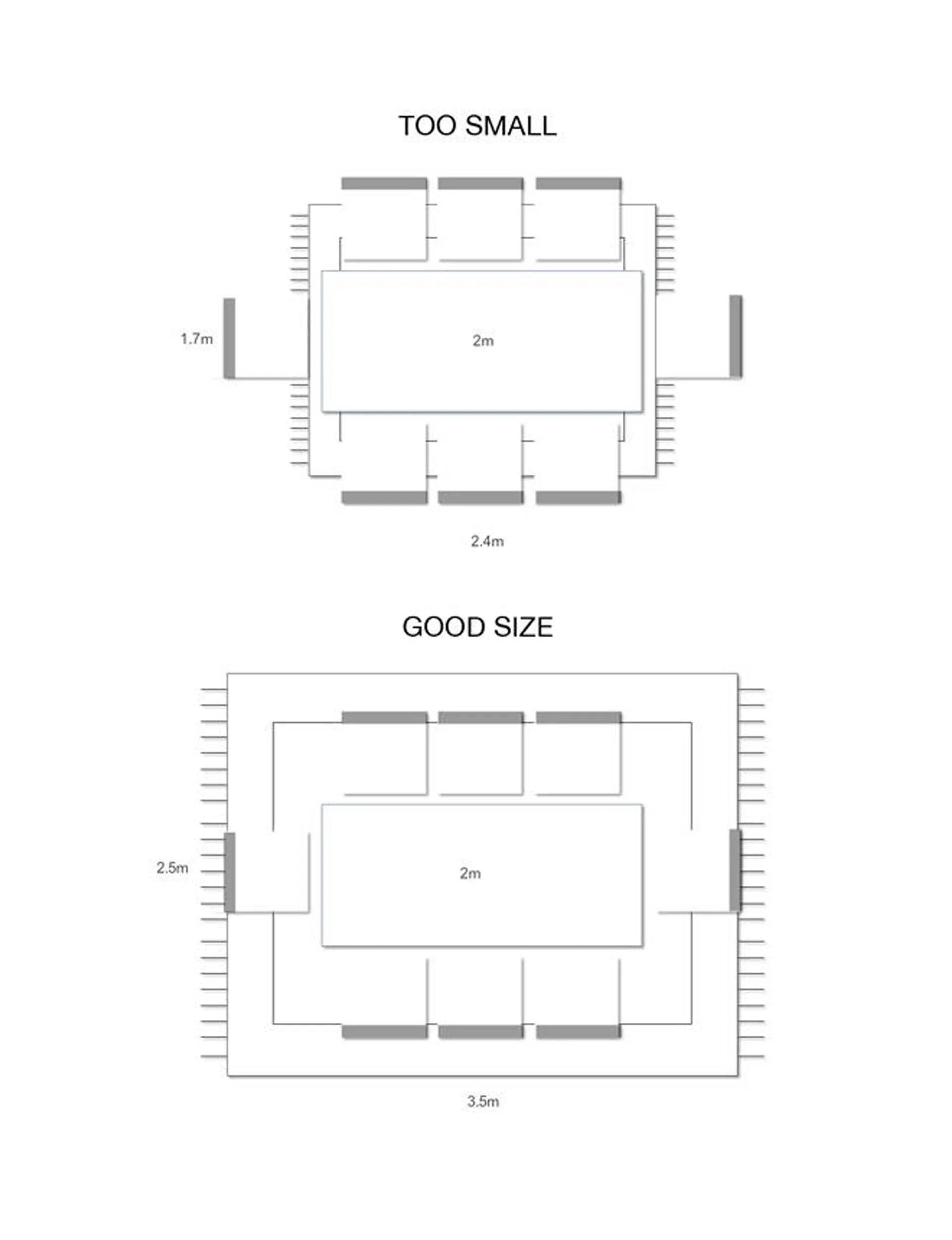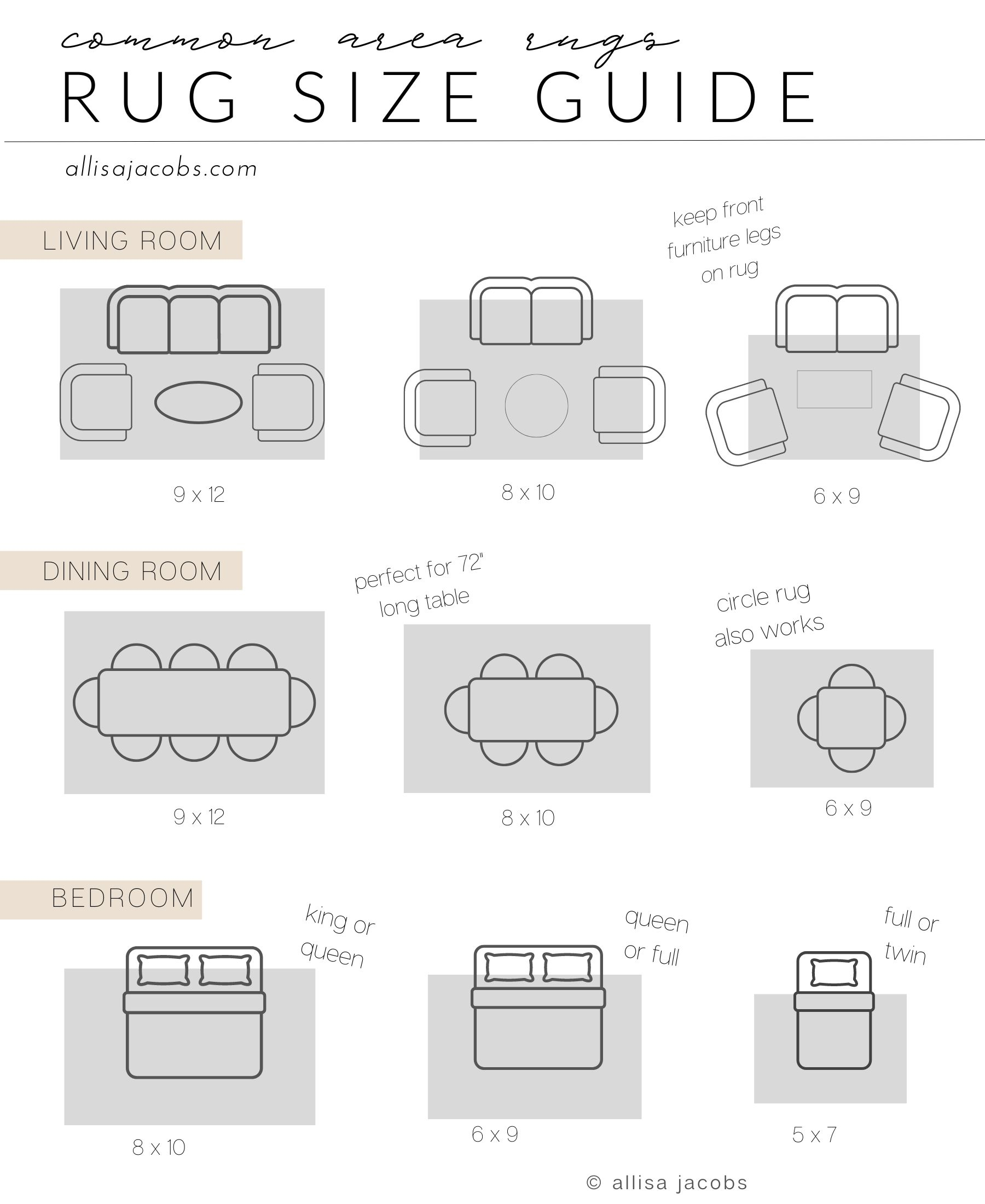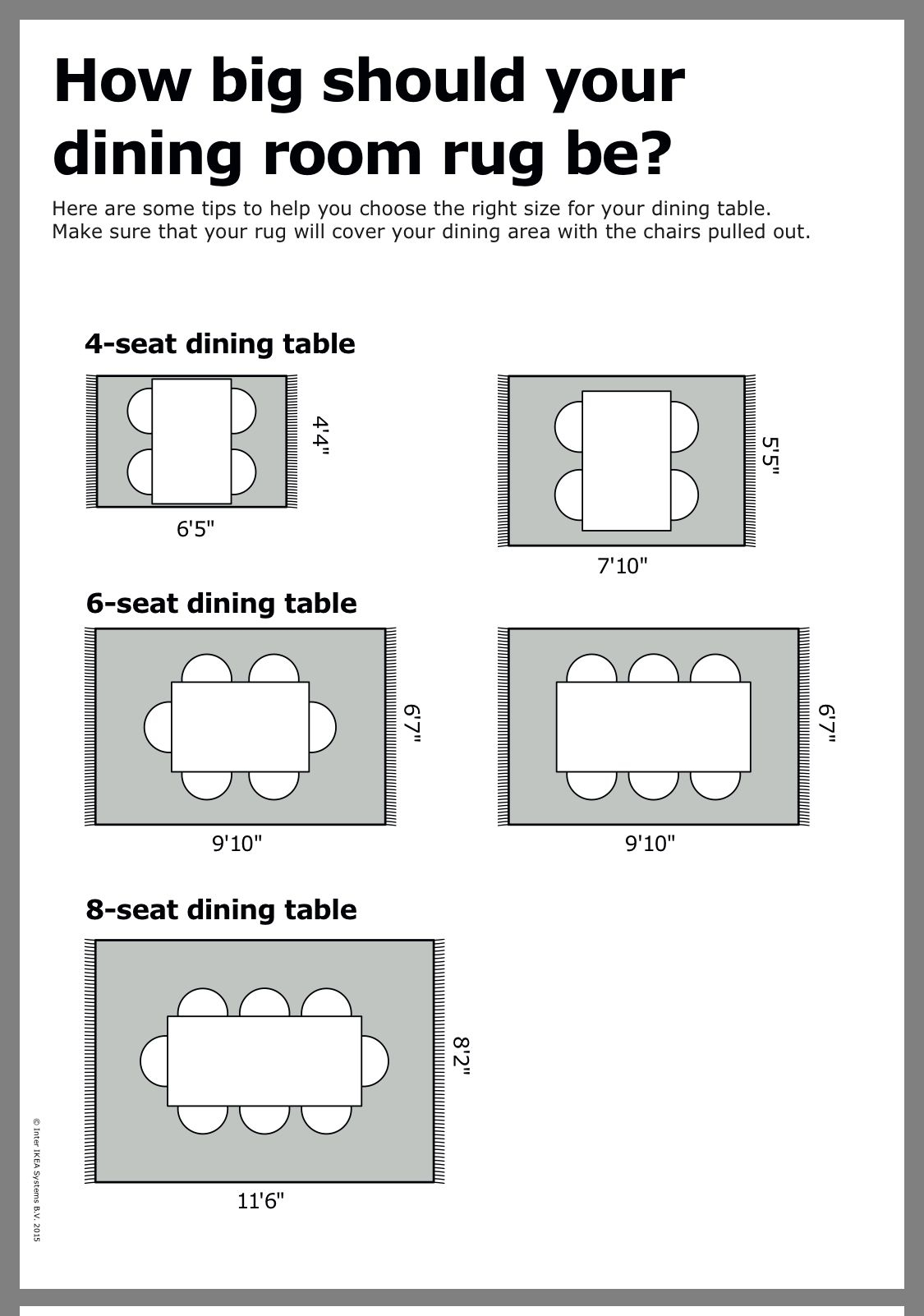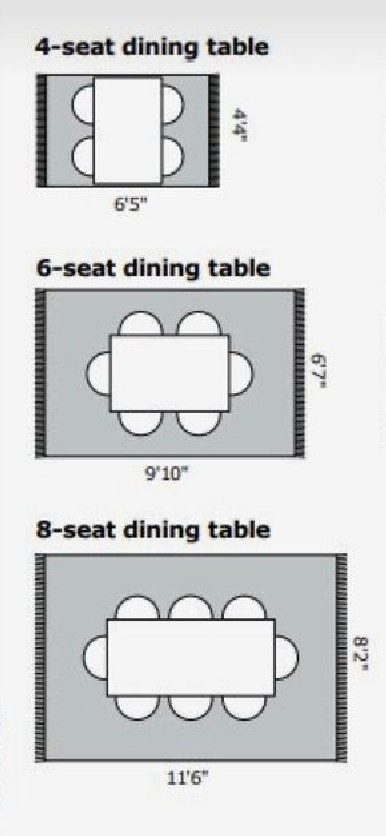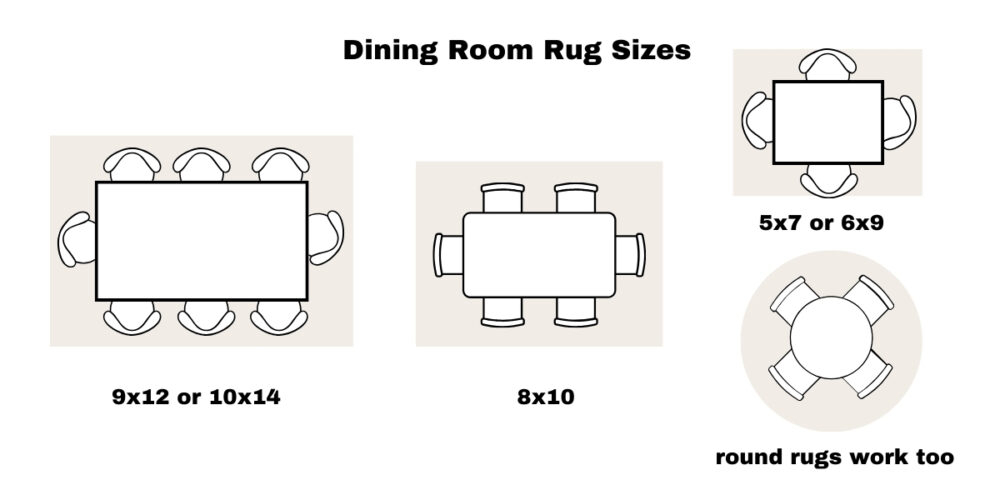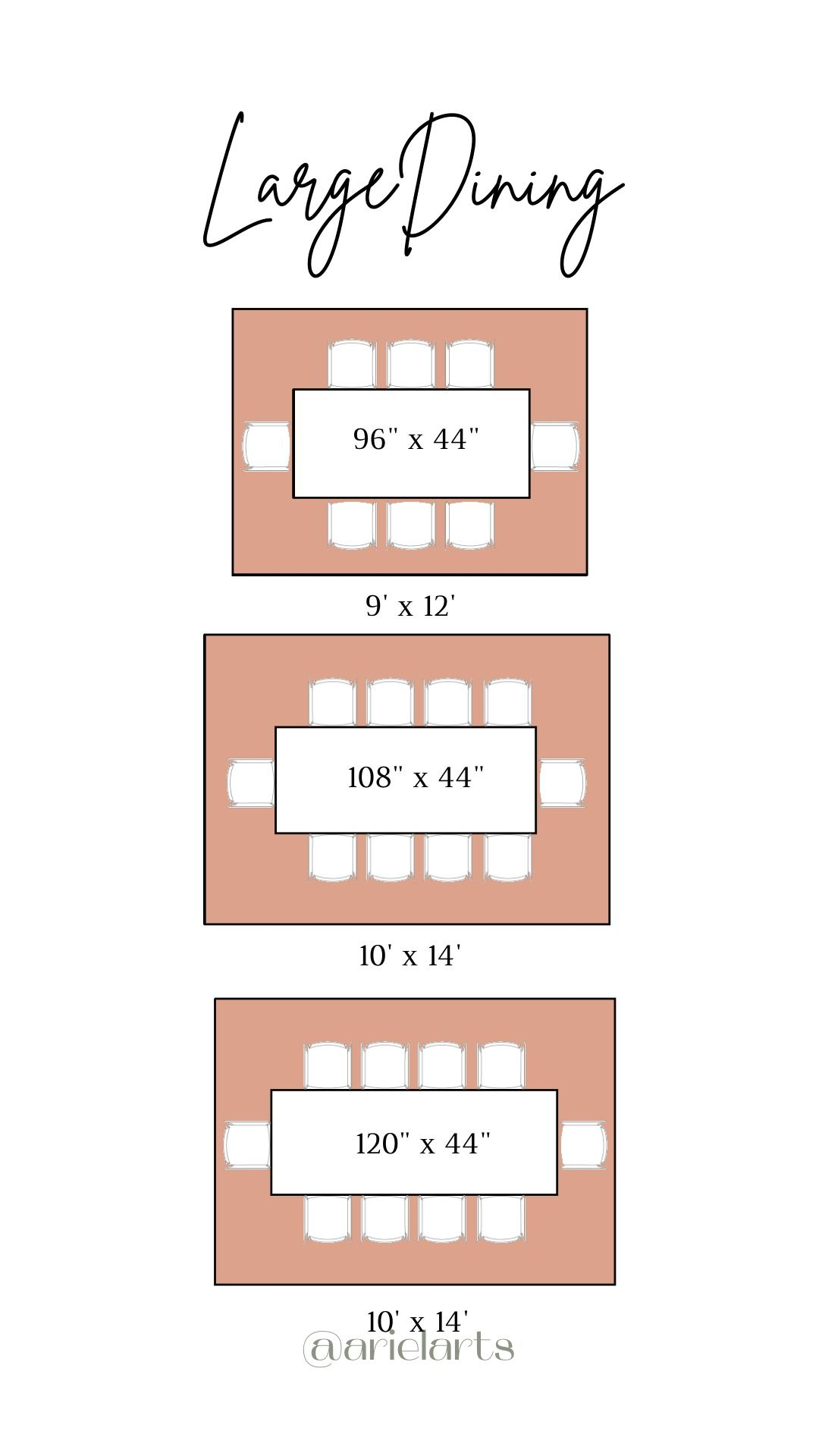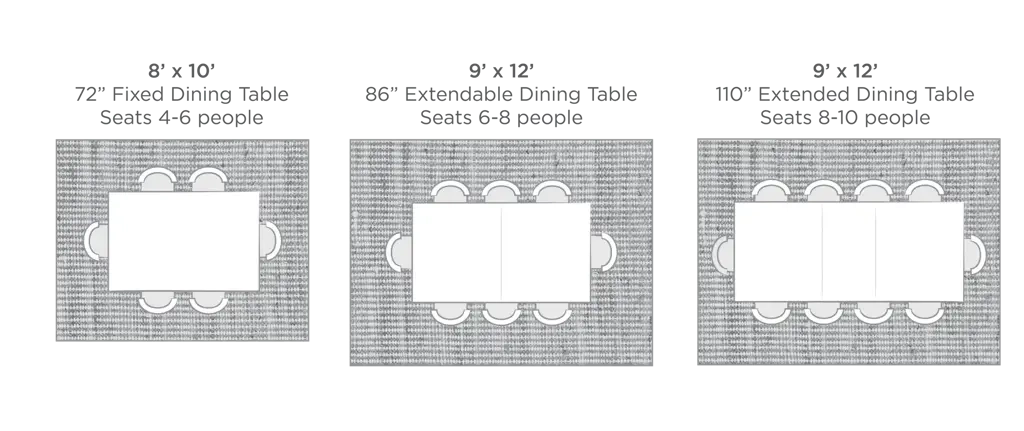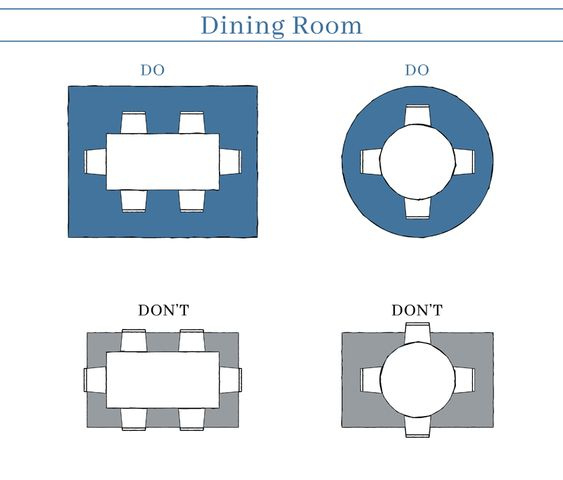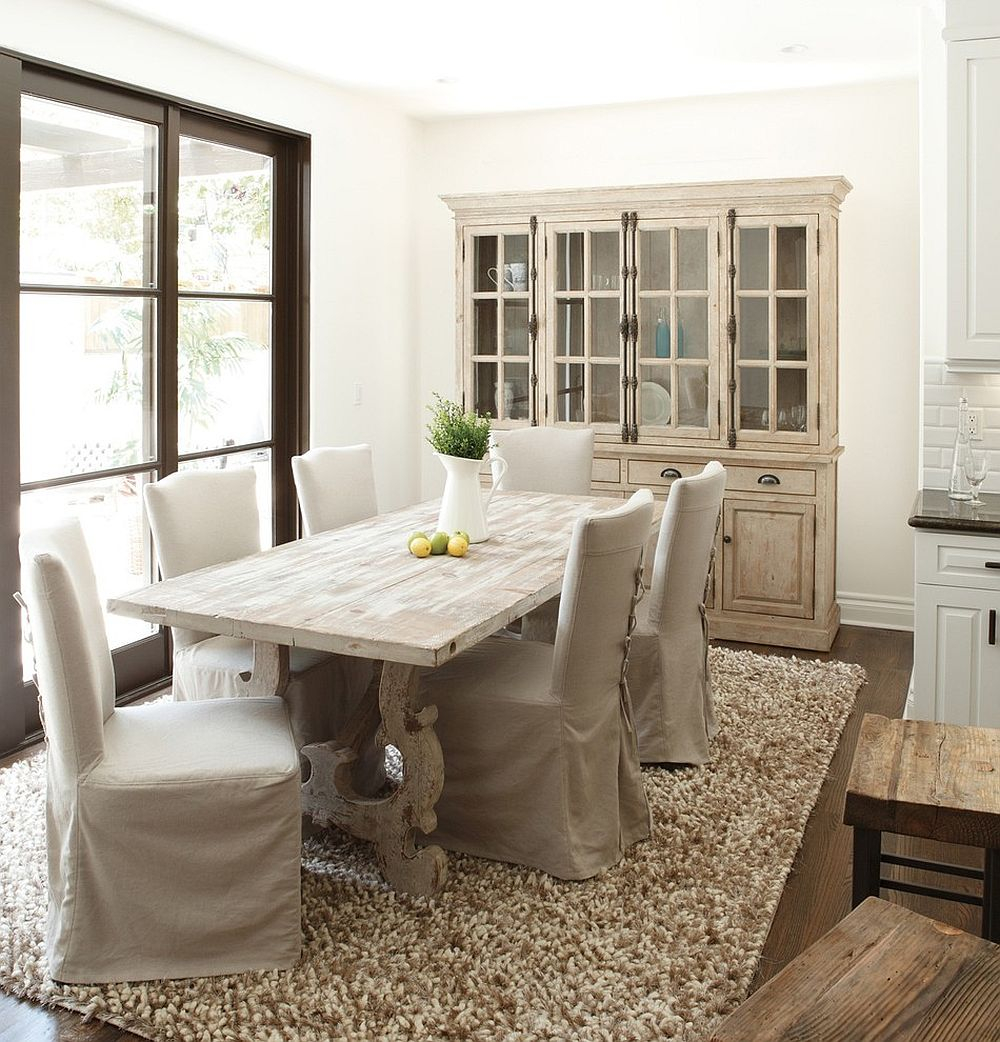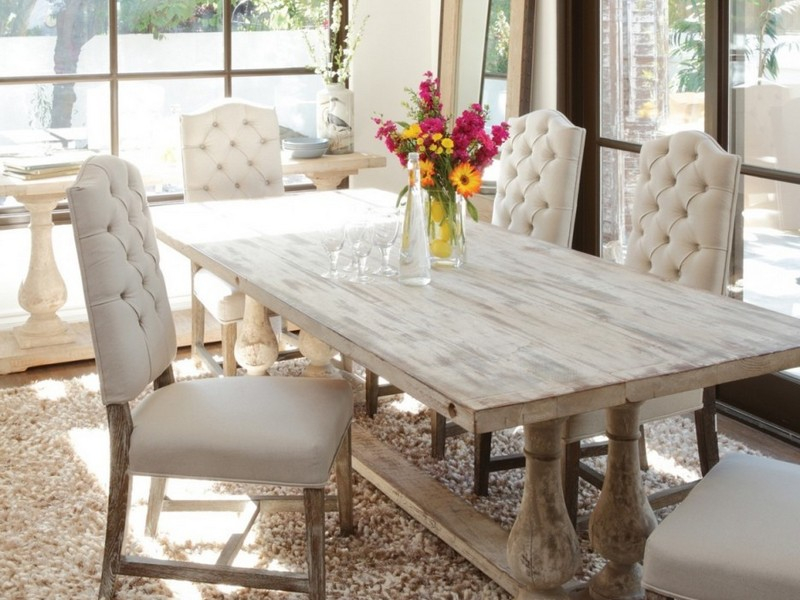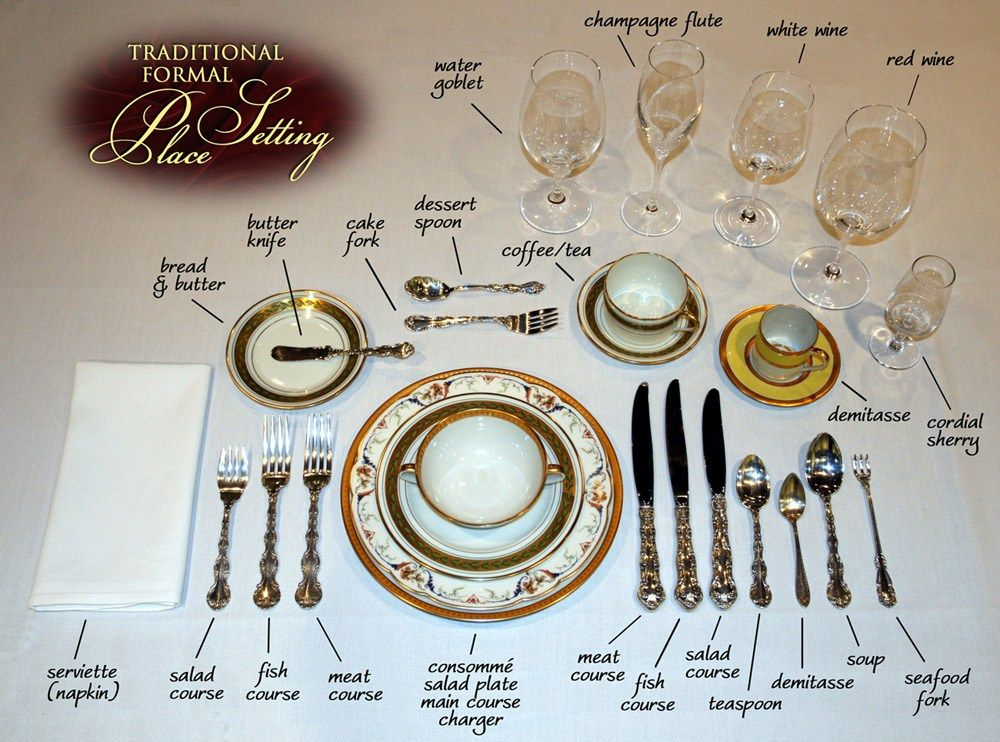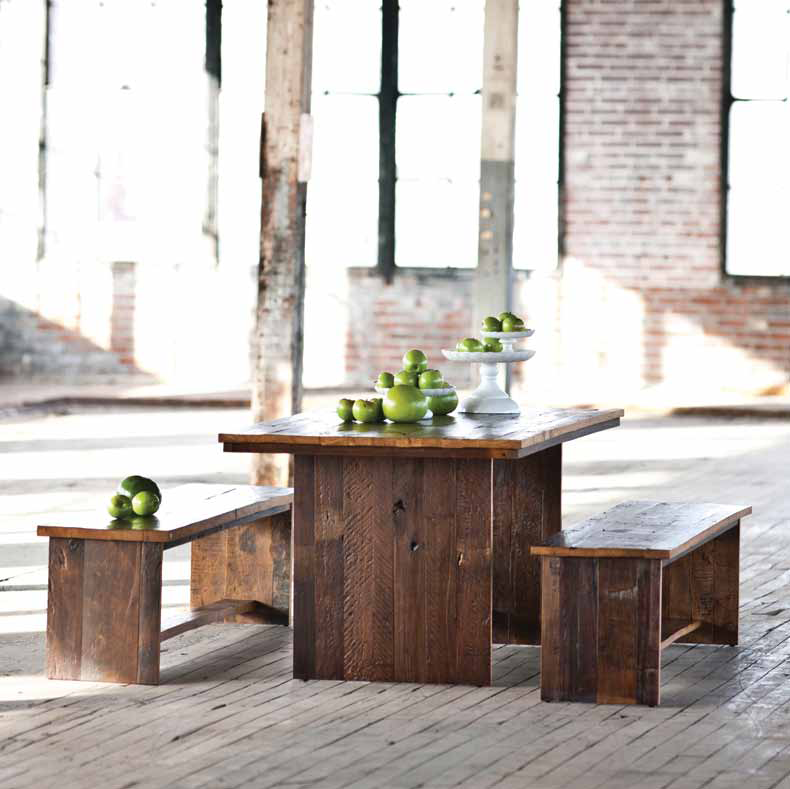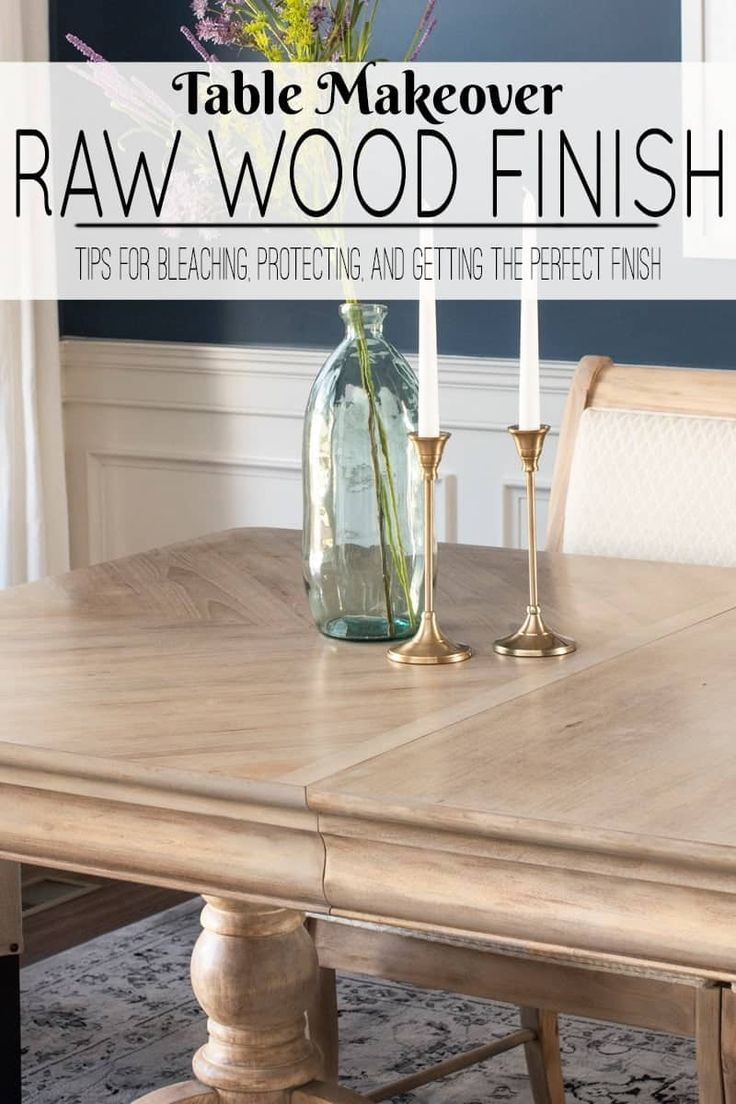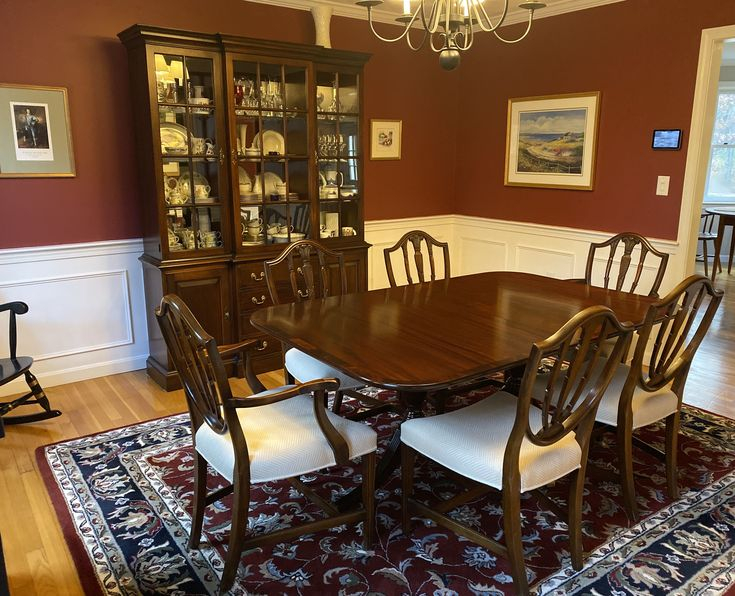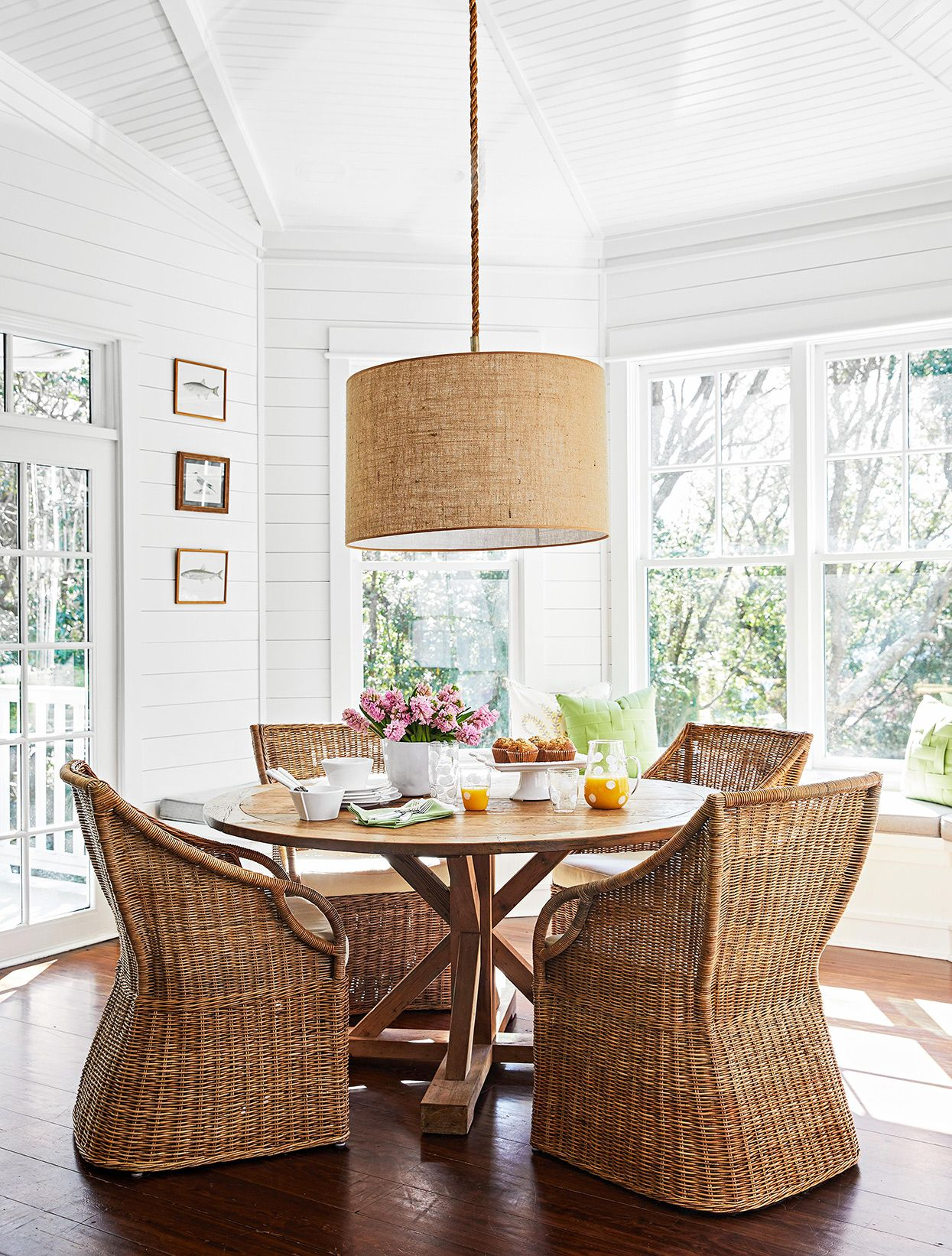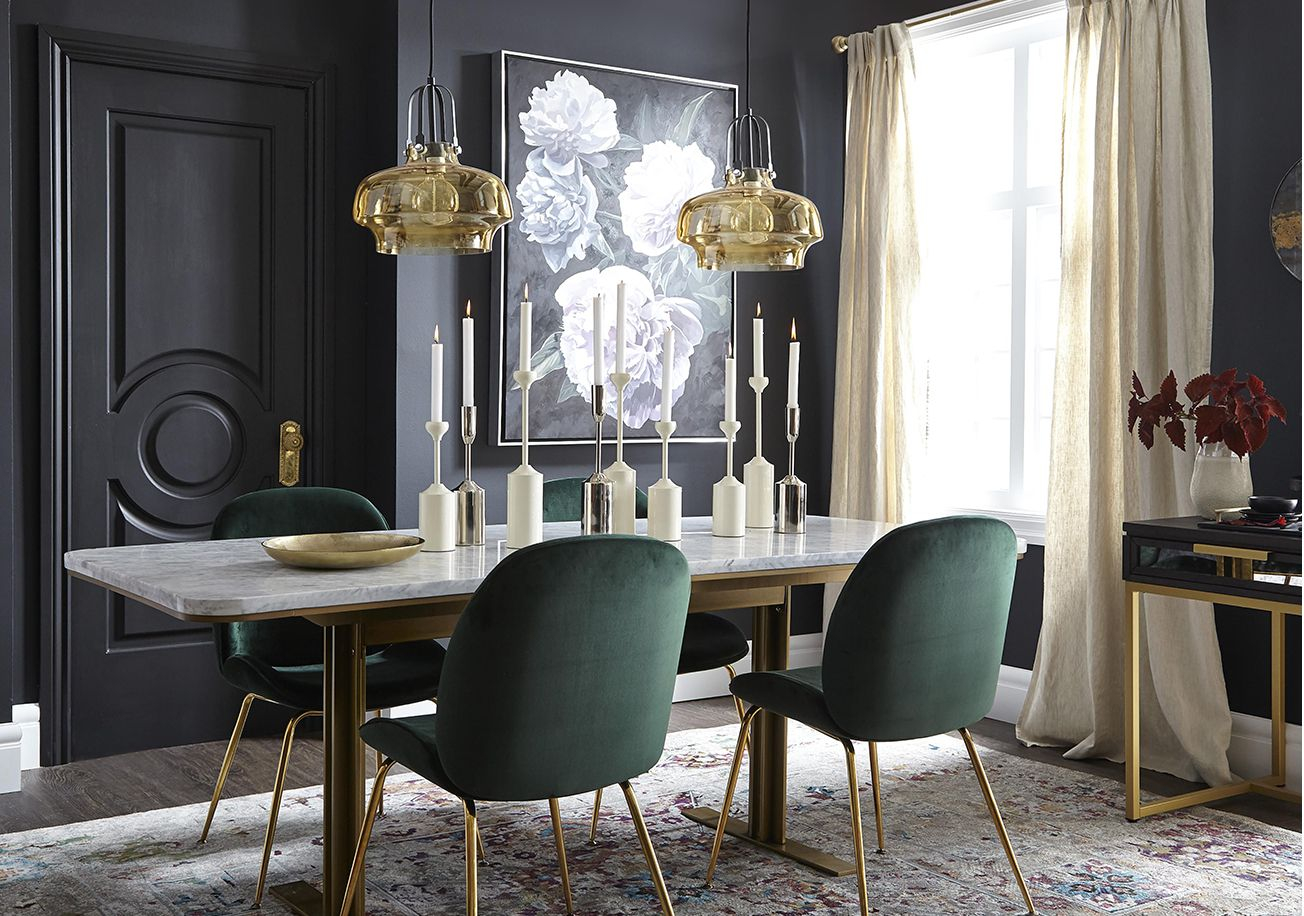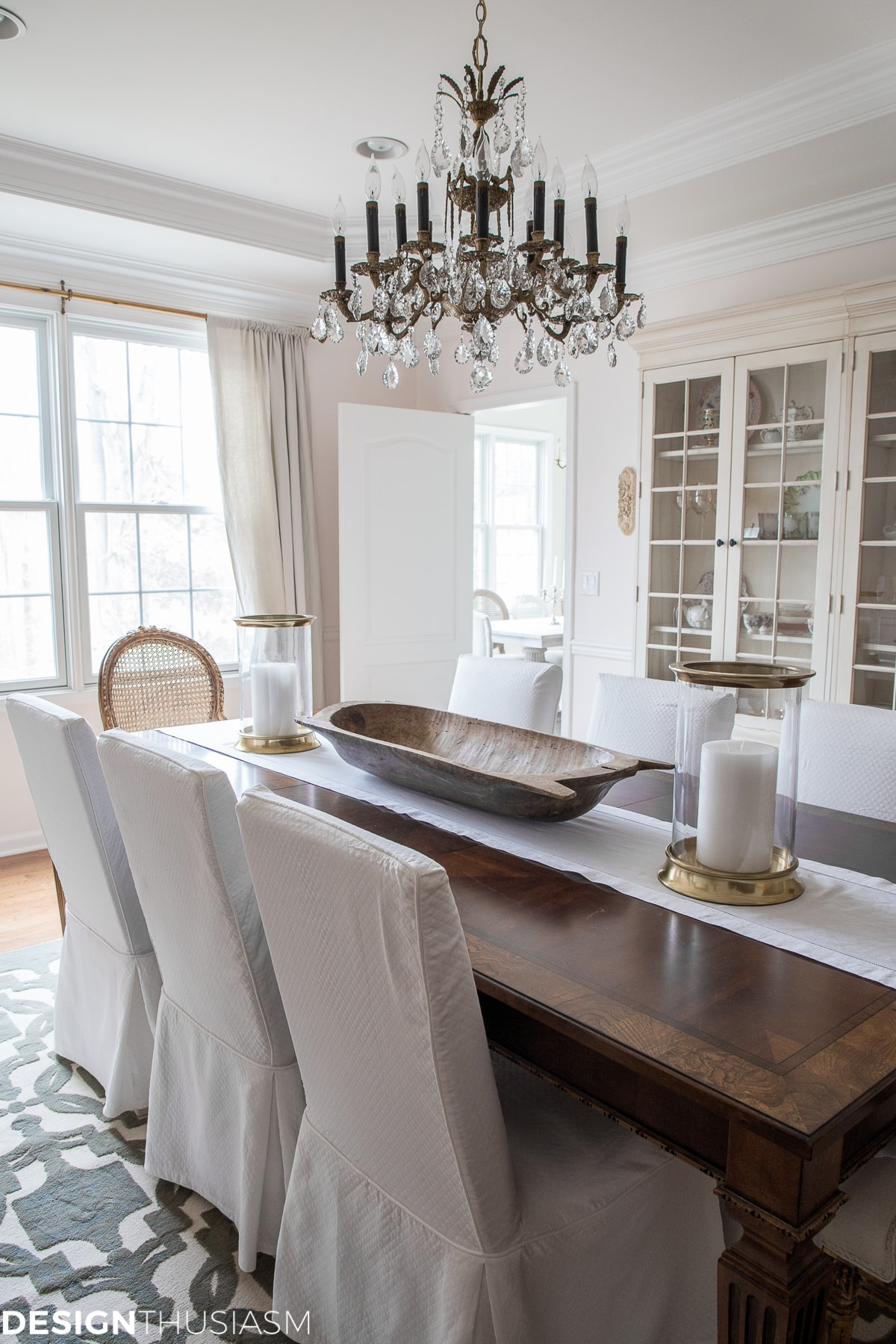Ever walked into a dining room and felt like something was just a little bit… off? Maybe the furniture looked like it was floating in space, or perhaps the rug was too small, making the whole setup feel cramped. Often, the culprit is simply the wrong rug size. It’s a common oversight, but getting it right can genuinely elevate your dining space from ordinary to extraordinary. Think of a rug as the anchor for your dining ensemble; it defines the area, adds warmth, and ties everything together beautifully. So, let’s unravel the mystery of dining room rug sizing and unlock your room’s full potential.
Your dining room is likely a hub for meals, conversations, and maybe even some homework sessions. It’s a central part of your home’s life. And the rug you choose plays a surprisingly significant role in how that space feels and functions. It’s not just about adding color or texture; it’s about creating a sense of harmony and purpose. A well-sized rug can make a large room feel cozier and a smaller room feel more expansive. But how do you achieve that perfect balance? It’s all about understanding the interplay between your dining table, chairs, and the rug itself. Let’s dive in and figure out what works best.
The Golden Rule: Room for the Chairs
This is probably the most crucial guideline when picking a rug for your dining area. The fundamental idea is that all the chairs – even when pulled out for seating – should remain on the rug. This creates a unified look and prevents the chairs from constantly snagging on the rug’s edge or looking like they’re about to tumble off. So, how do you measure for this? A good rule of thumb is to measure your dining table and then add at least 2 to 3 feet (about 60-90 cm) to all sides. This extra space ensures that even when someone pulls their chair back, it stays comfortably within the rug’s boundaries. Imagine a dinner party; you want guests to be able to move freely without feeling restricted. This extra buffer zone is key.
Measuring Your Space: A Practical Approach
Before you even start browsing, grab your tape measure. You’ll want to measure the dimensions of your dining table. Let’s say your table is 6 feet long and 3 feet wide (180 cm x 90 cm). Now, apply that golden rule: add 2 to 3 feet to each side. For the length, that’s 6 feet + 2 feet + 2 feet = 10 feet (180 cm + 60 cm + 60 cm = 300 cm). For the width, it’s 3 feet + 2 feet + 2 feet = 7 feet (90 cm + 60 cm + 60 cm = 210 cm). So, for this example table, a 10’x7’ rug would be a great starting point. It’s always better to have a rug that’s a little too big than too small; you can often tuck excess rug under the furniture if absolutely necessary, but you can’t magically expand a rug that’s too tiny.
Considering the Room’s Layout and Flow
Beyond just the table and chairs, think about the overall room. How much space do you have around the dining set? If your dining area is positioned in a large, open-plan space, you might opt for a larger rug to help define the dining zone. This creates a visual separation from other areas, like the living room or kitchen. Conversely, in a smaller, more enclosed dining nook, you’ll still want to adhere to the ‘chairs-on-the-rug’ rule, but you might not have as much leeway for a massive rug. The goal is to create a balanced look that complements the room, not overwhelms it. Imagine walking into the room; does the rug feel like it belongs there, or does it seem out of place? Good flow is essential for a comfortable and inviting atmosphere.
Common Pitfalls to Avoid
One of the most frequent mistakes people make is buying a rug that’s too small. This often happens when people only consider the size of the dining table itself, forgetting about the chairs when they’re pulled out. Another error is not accounting for furniture placement. If your table is close to a wall or a sideboard, you might need to adjust your rug size accordingly. Also, consider the rug’s thickness. A very thick shag rug might make it difficult to pull chairs in and out smoothly. Look for rugs with a lower pile height or a flatweave construction for better functionality in a dining space. And remember, it’s okay to get creative. Sometimes, a slightly irregular shape or a custom-sized rug can be the perfect solution if standard sizes just aren’t working.
Standard Rug Sizes and When They Work
While the custom measurements are ideal, understanding standard rug sizes can be helpful. Common rectangular rug sizes include 5×8 feet, 8×10 feet, 9×12 feet, and 10×14 feet. For a small dining table (around 4-6 people), an 8×10 foot rug might suffice, provided your chairs stay on it when pulled out. For larger tables seating 6-8 people, a 9×12 foot or 10×14 foot rug is often more appropriate. Round tables also have their own considerations. For a round table, a round rug is a natural fit. Measure the diameter of your table and add 4-6 feet (120-180 cm) for the rug’s diameter. For example, a 5-foot diameter round table would look great with a 9-foot diameter round rug. It’s all about proportion and ensuring that sense of completeness.
The Impact of Rug Material and Pattern
While sizing is paramount, don’t forget the material and pattern! For dining rooms, durability and ease of cleaning are often top priorities. Wool rugs are a fantastic choice due to their resilience and natural stain resistance, though they can be pricier. Synthetic materials like polypropylene are also durable and budget-friendly, and they clean up exceptionally well. Patterns can be a great way to mask minor spills or wear and tear, making them a practical choice for a high-traffic area like a dining room. Lighter, solid-colored rugs can be beautiful but might show every crumb and spill. Consider your lifestyle and how much maintenance you’re willing to do when making your final selection. A rug that looks stunning but requires constant, fussy cleaning might detract from the enjoyment of your dining space.
So, there you have it. Choosing the right rug size for your dining room isn’t rocket science, but it does require a little thought and careful measurement. By following the basic principles – ensuring chairs stay on the rug, considering the overall room layout, and avoiding common mistakes – you can create a dining space that feels perfectly balanced, inviting, and utterly stylish. A well-chosen rug acts as the visual centerpiece, grounding your furniture and enhancing the room’s atmosphere. Take those measurements, visualize the space, and don’t be afraid to invest in a rug that truly elevates your dining experience. Your dining room is ready to be unlocked to its full potential.

